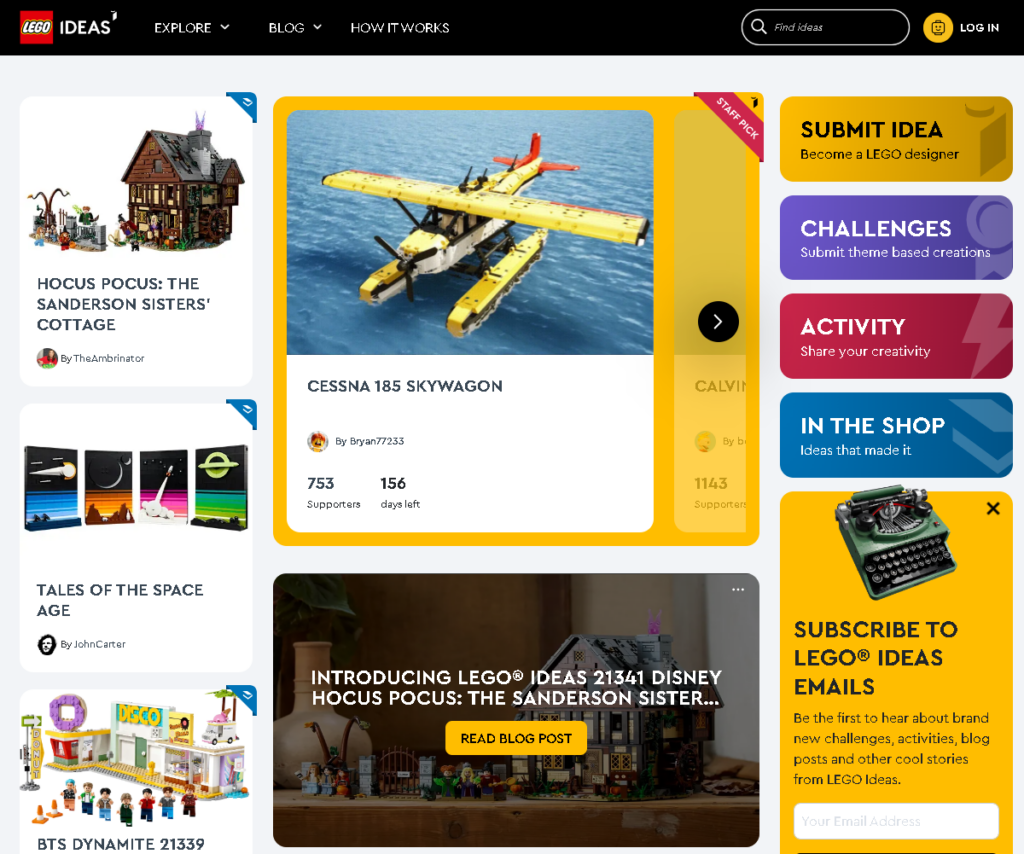
A coffee bean farmer is handed a can of NESCAFÉ coffee. Initially unimpressed at seeing a product he spends every day cultivating, he turns the can around and is warmed to see his own photo on the label of coffee that would be purchased by hundreds of thousands across Mexico. This emotional scene was captured in an award-winning marketing campaign envisioned by passionate customers to spotlight over 1,000 farmers from NESCAFÉ’s grower support program.
The NESCAFÉ farmer initiative is a successful example of customer co-creation, a collaborative process between a company and its customers where both parties generate ideas, develop products, and demonstrate an authentic two-way commitment.
But NESCAFÉ is not alone. From other multinational food brands to start-ups, co-creation is becoming essential to successful marketing activation and customer experience strategy.
At HawkPartners, we value the authenticity typically manifested in customer co-creation. We have facilitated the customer co-creation process to help a retail healthcare organization develop messaging and product refinements for innovative packaging, worked with ER patients (post-visit) to streamline the emergency room visitation process for a major urban hospital, and listened to restaurant owners to optimize UX for a leading food delivery app.
Move from Observation to Collaboration
Marketers have been listening to their customers for decades. They have robust, data-powered feedback mechanisms at their fingertips to analyze customer touchpoints and brand affinity. These analytics channels are foundational to informed marketing, but at the heart of co-creation is a shift from observation to collaboration.
Collaboration can take many forms. Companies can facilitate ideation sessions with customers using human-centered design principles to identify challenges, brainstorm solutions, and build prototypes. Or they can create two-way communications channels by developing an online portal like “My Starbucks Idea” where the coffee chain’s customers can review and suggest new product ideas (you can thank Idea #275 for the Hazelnut Macchiato!). Unilever has similarly launched Hive, a platform where foodies can interact, collaborate, and dream up new dishes together. The community atmosphere bridges the digital and physical worlds as Unilever invites active online contributors to test flavors in one of their Experience Kitchens.

Collaboration can be messy and it takes courage to embrace criticism and synthesize divergent inputs. However, this hard work can pay off in a breakthrough product, service, or message that would otherwise remain undiscovered through a traditional analytics kaleidoscope. The outcomes of co-creation can also lower launch risks since key customer input and behavior drivers have been incorporated at the front end of the ideation process.
Evaluate the End-to-End Stakeholder Experience
The purchase of a product or service is not a destination – it’s a multifaceted experience shaped by a range of stakeholders from senior executives to delivery drivers. Customer input should be a priority in the co-creation process, but it’s also important to thoughtfully incorporate inputs from all stakeholders, and to consider the potential implications of any suggestions across the entire brand journey.
For example, a bank’s customers may want a new support chatbot in their mobile app, but what is the perspective of the UX and programming teams? If Gen Z consumers propose a new flavor of soda, how will this new product impact the complex supply chain for all existing flavors? In anticipation of potential disconnects between customer-driven innovation and practical execution, Microsoft created a service design program where their cloud engineers could interact with customers early in the ideation process to identify benefits and risks for proposed products, services, or marketing.


Make Customers the Stage Crew not Lead Actors
Marketers will be tempted to publicly herald a successful customer-brand collaboration. They should be wise, however, about when and how they are talking about customer co-creation. Customers will be wary if original contributions to the brand are simply turned into marketing collateral. Lego has understood this for decades. Lego often promotes its Lego Ideas platform where customers can submit new kit ideas and see the user concepts that will become official sets. Yet this is just the tip of the iceberg – Lego has made customer co-creation a building block to transformational behind-the-scenes changes to their operations, organization design, and logistics.

Co-creation is not simply putting customers’ faces on the labels of a product or featuring user-generated social media content. Co-creation, when strategically managed and formalized, is ultimately a reflection of a brand’s promise to empower its loyal customers while building trust and increasing customer satisfaction.
